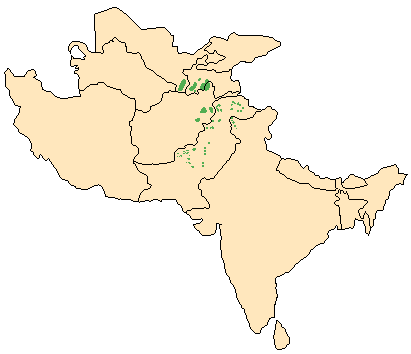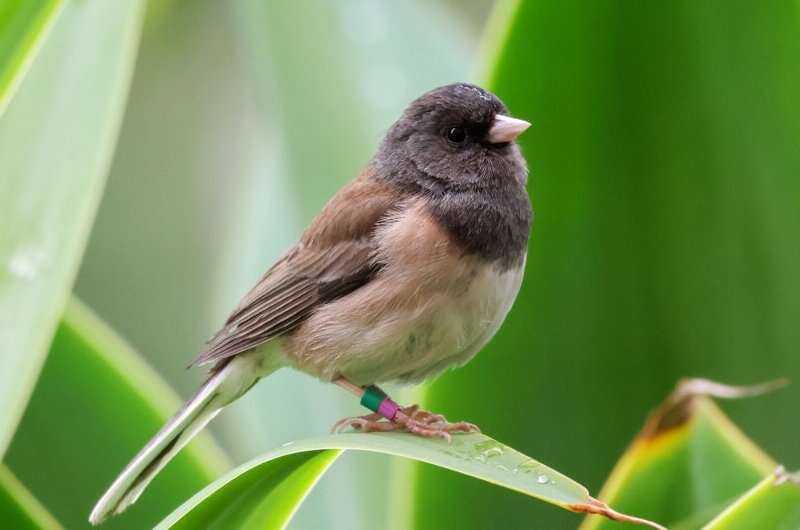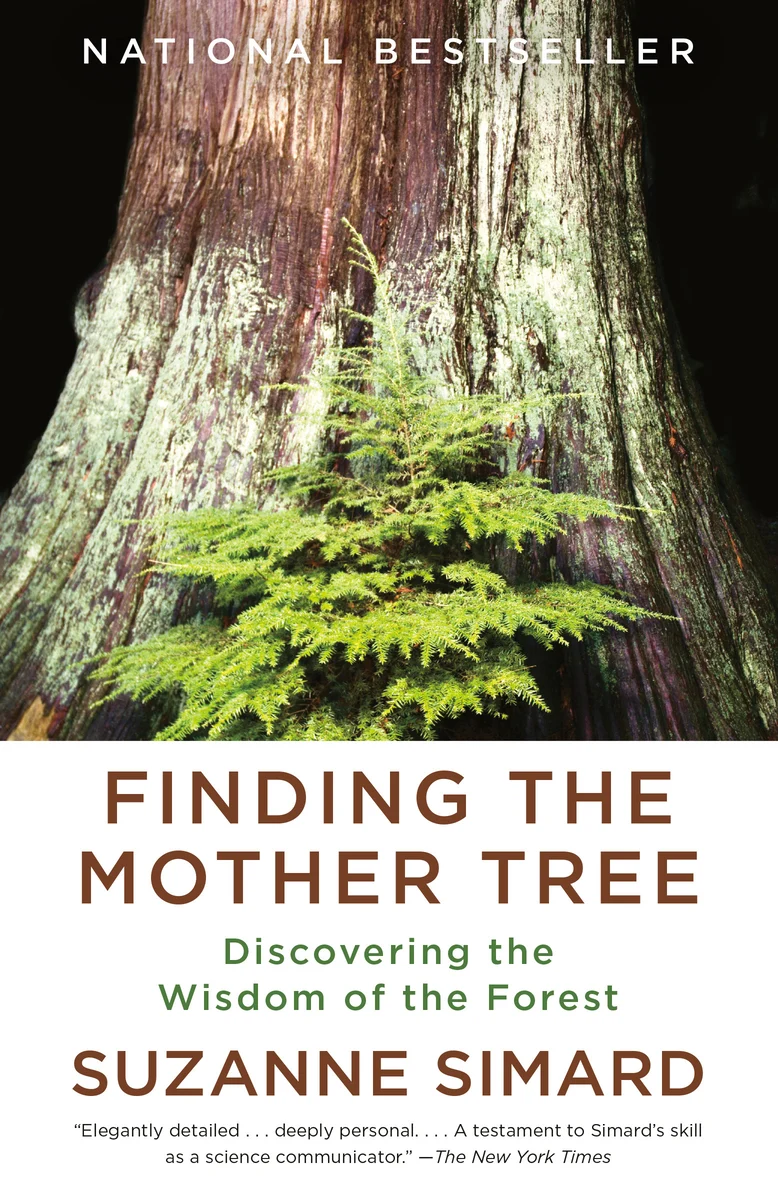What animal is the largest of the wild goat species, whose name means “snake eater” in Persian, and is the national animal of Pakistan?

Image credit: Sienna Weinstein
Not Your Average Billy Goat
While interning at the Stone Zoo in Stoneham, Massachusetts, one of my duties involved filling up large black food bowls with a carefully measured mix of various feed for the zoo’s markhor. Prior to this internship, I had never heard of this fascinating species of bovid. The males were majestic with their artistically-curved horns and strikingly-bearded chin; so of course, my lunch break that day was spent photographing these amazing animals. This was no easy task, as these creatures had the habit of moving just out of sight around their enclosure as soon as my camera was properly set. However, persistence paid off, and I managed to snap a few photos during the brief moments when the markhors obliged me by standing still.
At 4.5-6.2 feet (1.37-1.89 m) long, with females typically weighing between 70 and 88 pounds (39.9 kg), with some weighing upwards of 100 (45.4 kg) or 110 lbs (49.9 kg) and males weighing up to 242 pounds (110 kg), the markhor is the largest of all wild goat species. Males release a pungent odor which has been described as stronger than that of domestic goats, and is used to repel predators, mark territory, and as a natural cologne to attract females during the breeding season.
There are a few examples of sexual dimorphism, or noticeable physical differences between genders, among markhor. Besides their differences in size, males have a longer coat, especially around the chin, throat, chest, and shanks. Females are typically redder in color compared with males, have shorter hair and beards, and lack the majestic mane males display along their neck. Both genders also sport an impressive set of corkscrew-like horns, which measure up to 10 inches (0.25 m) for females, but can exceed an astonishing 5 feet (1.52 m) for males!
What’s In a Name? A lot for the Markhor!
Found primarily in Pakistan, parts of Afghanistan, and the mountain ranges of the Himalayas and Karakoram, the markhor is the national animal of Pakistan. In Pakistan, the markhor is known as the “screw-horn”, or “screw-horned goat.” The Persian words “mar” and “khor” mean “snake” and “eater”, respectively, leading to the moniker “snake eater” or “snake killer”. This moniker is in reference to the ancient belief that the markhor would actively kill and consume snakes! (Which is not correct–markhors are herbivores.) This regional myth is believed to stem from the “snake-like” form of the male’s horns, curling and twisting like a snake, possibly leading ancient peoples of the area to associate them with these limbless reptiles.

Native to the mountainous regions of South and Central Asia, the markhor has evolved powerful and flexible hooves with hard, large outer edges and softer centers to grip the rocky surfaces of the terrain. Their hooves allow them to scale sheer cliffs and escape predators such as Eurasian lynx, wolves, and snow leopards.
The markhor plays a crucial role within its ecosystem by contributing to the health of their mountainous habitat. Keeping the native plants in check, the markhor controls the growth of certain vegetation through their eating habits, even climbing trees to reach the tastiest bits. Markhors spend more than half of their day grazing, about 12–14 hours on average! They mostly feed on grass in the warmer months, but upon the arrival of winter, they switch to other plants, including shrubs and twigs. This seasonal shift from grazing (eating grasses and low vegetation) to browsing (eating leaves, shrubs, and woody plants) helps balance plant communities at different heights and root structures, which supports more diverse insect, bird, and herbivore populations. Their feeding habits prevent overgrazing and help to promote biodiversity by allowing a range of plant life to flourish.

Image credit: Sienna Weinstein
An Icon Under Threat
Despite their impressive adaptations, generally majestic appearance, ecological importance, and status in Pakistan, the markhor faces numerous threats to survival. Listed as Near Threatened on the IUCN Red List, the markhor is hunted for their meat, skin, and horns. Across their range, overhunting and poaching have negatively impacted their populations. In addition, habitat degradation due to excessive wood cutting for fuel, as well as increased grazing by livestock leading to competition, and even hybridization between species, have further contributed to the markhor’s decline. Numerous conservation actions have been proposed via the markhor’s webpage on the IUCN Red List, and only time will tell whether potential collaboration between the locals of the region, government bodies, and conservationists can save this icon of the South and Central Asian mountains.
It required persistence and patience for my photos of the markhor to come to fruition before the individuals slipped away and out of sight. Similarly, persistence and patience must be employed in order to ensure that the species as a whole doesn’t slip away permanently.

Sienna Weinstein is a wildlife photographer, zoologist, and lifelong advocate for the conservation of wildlife across the globe. She earned her B.S. in Zoology from the University of Vermont, followed by a M.S. degree in Environmental Studies with a concentration in Conservation Biology from Antioch University New England. While earning her Bachelor’s degree, Sienna participated in a study abroad program in South Africa and Eswatini (formerly Swaziland), taking part in fieldwork involving species abundance and diversity in the southern African ecosystem. She is also an official member of the Upsilon Tau chapter of the Beta Beta Beta National Biological Honor Society.
Deciding at the end of her academic career that she wanted to grow her natural creativity and hobby of photography into something more, Sienna dedicated herself to the field of wildlife conservation communication as a means to promote the conservation of wildlife. Her photography has been credited by organizations including The Nature Conservancy, Zoo New England, and the Smithsonian’s National Zoo and Conservation Biology Institute. She was also an invited reviewer of an elephant ethology lesson plan for Picture Perfect STEM Lessons (May 2017) by NSTA Press. Along with writing for Bio4Climate, she is also a volunteer writer for the New England Primate Conservancy. In her free time, she enjoys playing video games, watching wildlife documentaries, photographing nature and wildlife, and posting her work on her LinkedIn profile. She hopes to create a more professional portfolio in the near future.
Dig Deeper
- Markhor: The largest of all goats and Pakistan’s national animal
- Columbus Zoo and Aquarium
- Insight: A conversation with a markhor
- Michel, S. & Rosen Michel, T. 2015. Capra falconeri (errata version published in 2016). The IUCN Red List of Threatened Species 2015




